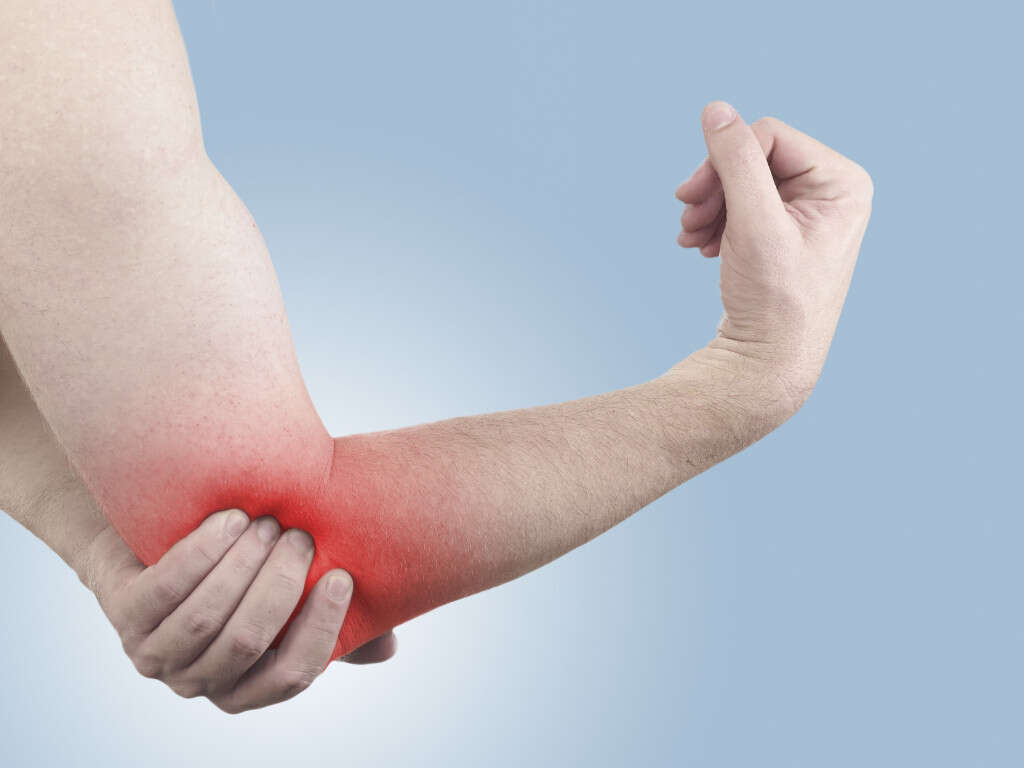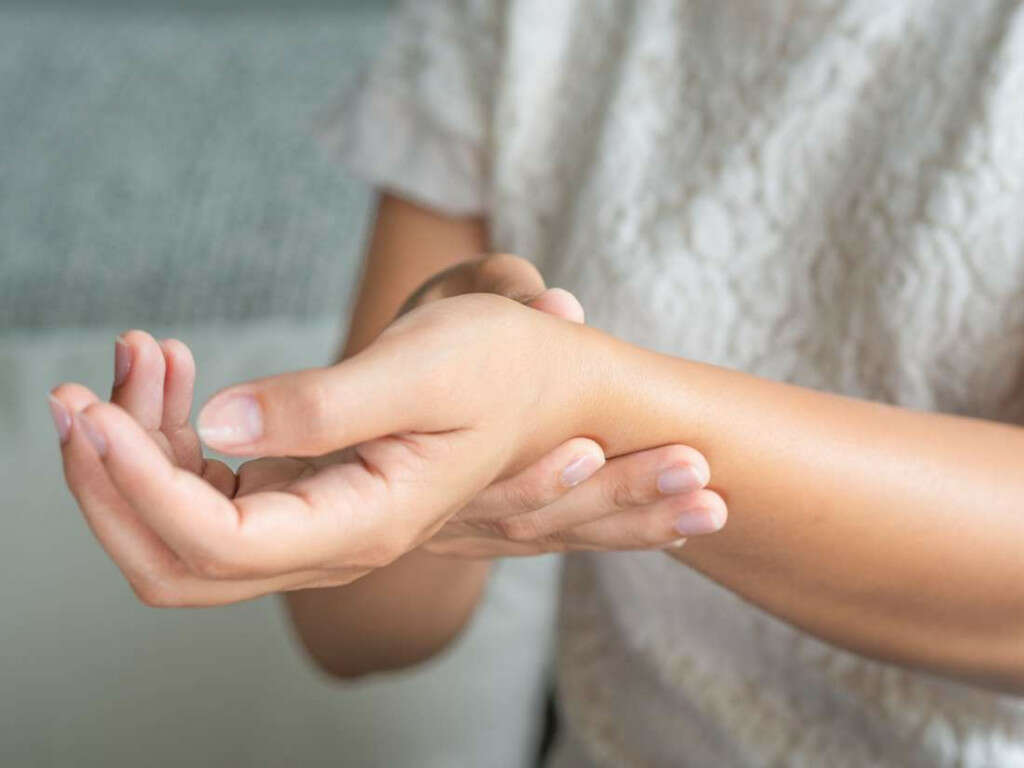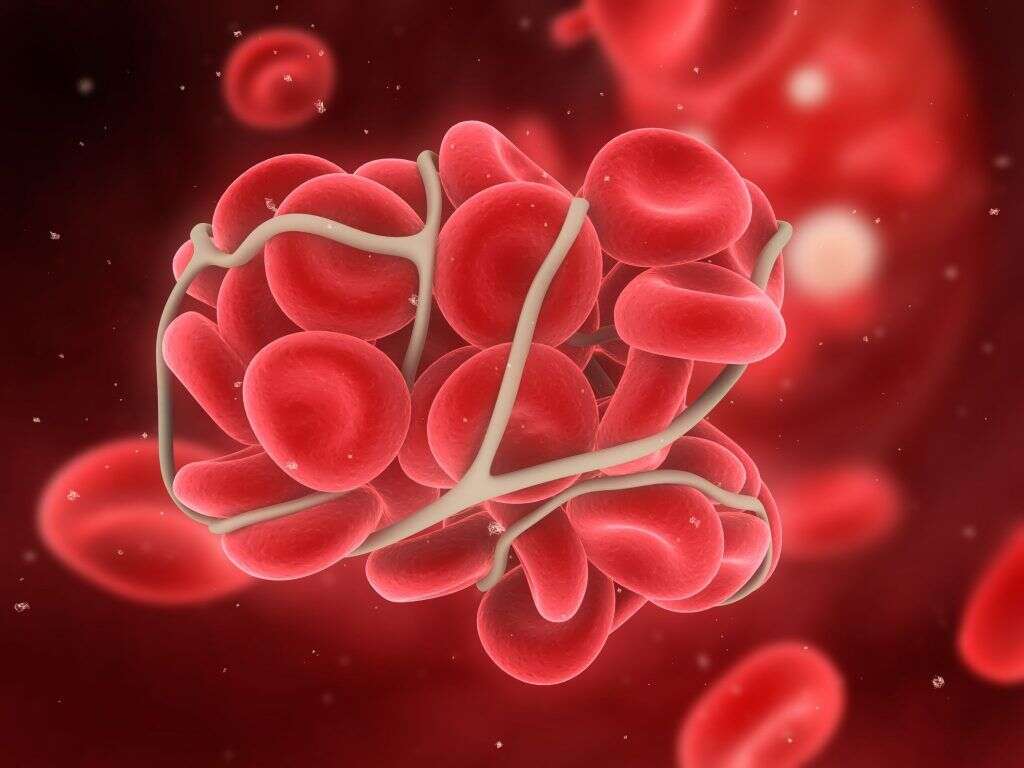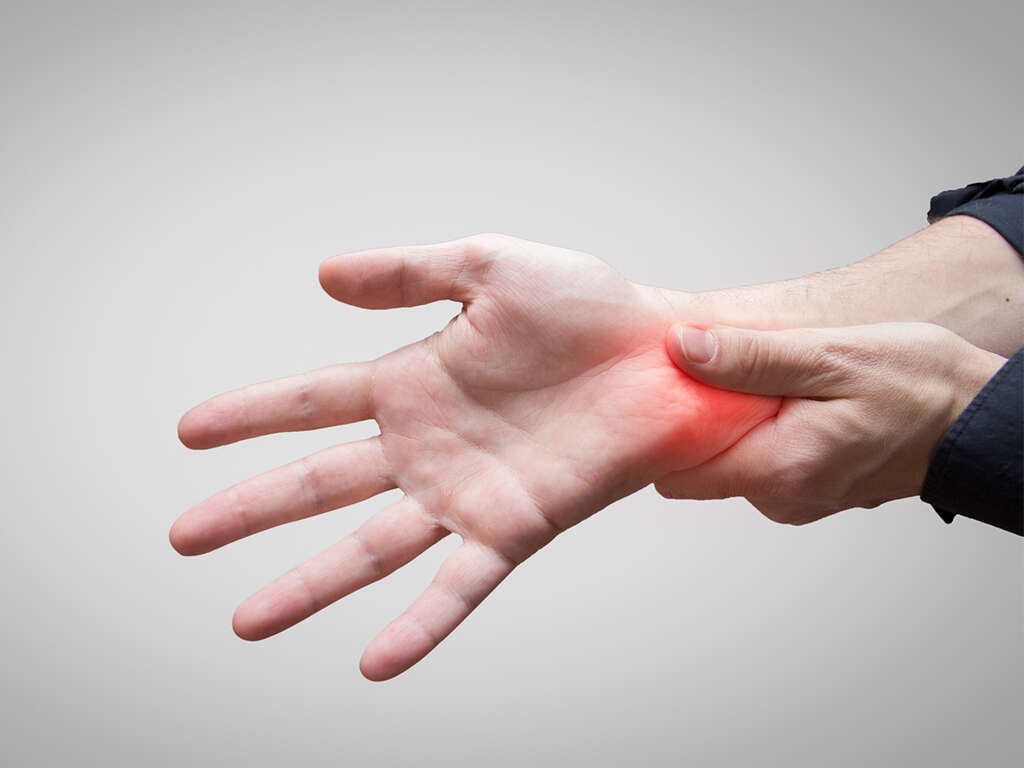10 Symptoms of a Sprained Wrist
Our joints are held together by tough, stringy tissues known as ligaments. In addition to being strong, they are also flexible to help make sure that our joints can move while holding everything firmly in place. Despite their flexibility, however, it is still relatively easy to stretch them too much.
A wrist sprain is an injury where the ligaments in the wrist have been overstretched. This can be very painful and can also lead to a range of other symptoms. If you do suspect you have sprained your wrist then you might need to arrange to see a doctor. Severe cases can require treatment and surgery might even be necessary if the ligament is torn.
Symptom #1: Pain
Pain is not a nice sensation. It is so unpleasant that it is sometimes used in torture to make people completely submissive. When we pick up certain injuries the pain can be difficult to bear. Often, though, we have no choice but to bear it.
A sprained wrist can be very painful indeed. At the time of the injury, the pain can be sharp and intense and it will not usually pass quickly. The intensity of the pain can lead to people requesting painkillers but they should always be used with caution.
Symptom #2: Swelling
Soon after you have sprained your wrist you will notice that the area around the wrist begins to swell. The severity of the swelling will depend on the severity of the injury. The wrist can swell to the size of a baseball or more, but it is all happening for a very good reason.
As soon as the injury occurs, the body sets emergency protocols into action. White blood cells help to defend and repair our bodies in various ways and they are sent to the site in larger than usual numbers. These are then allowed to seep through the walls of the blood vessels into the tissues. Here, they can get to work on the task of repairing the injury.
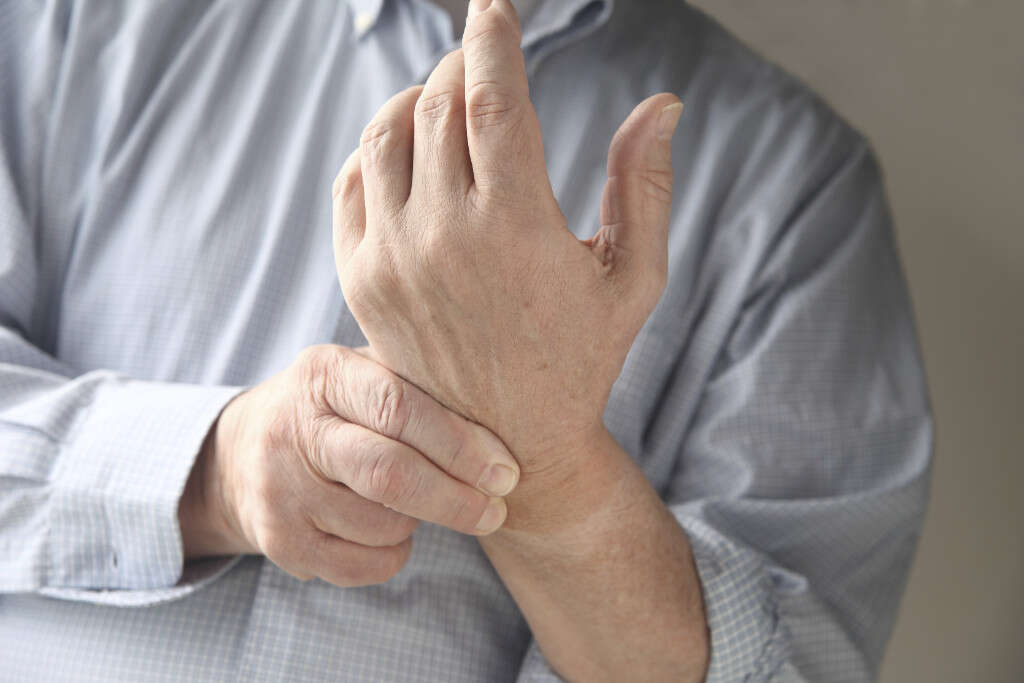
Symptom #3: Bruising
The body receives nutrients through a network of tubes that carry blood that transports the nutrients. This network travels throughout the body including the extremities. These blood vessels will usually have no difficulty in containing the blood and other fluids, but they are not impervious to damage.
When you sprain your wrist, you might also damage the blood vessels in the region of the injury. This can cause the blood within to leak out until the body can plug the leak. This is often visible from the outside and is commonly known as bruising. Bruising is temporary and will likely only last for a few days, or a few weeks in severe cases.
Symptom #4: Throbbing
Throbbing is a pulsating sensation that is generally experienced around the site of an injury. It can be very painful and it can be relentless, causing considerable discomfort for the patient. It was long thought that throbbing is caused as a result of the blood passing through as the heart beats. Studies show that this is not the case, however.
It is now thought that the throbbing sensation we experience is actually an emergent property of the central nervous system. Basically, the brain is feeling the throbbing even when there is no physical reason for it. Using an ice-pack on the injury can often help soothe the symptoms.
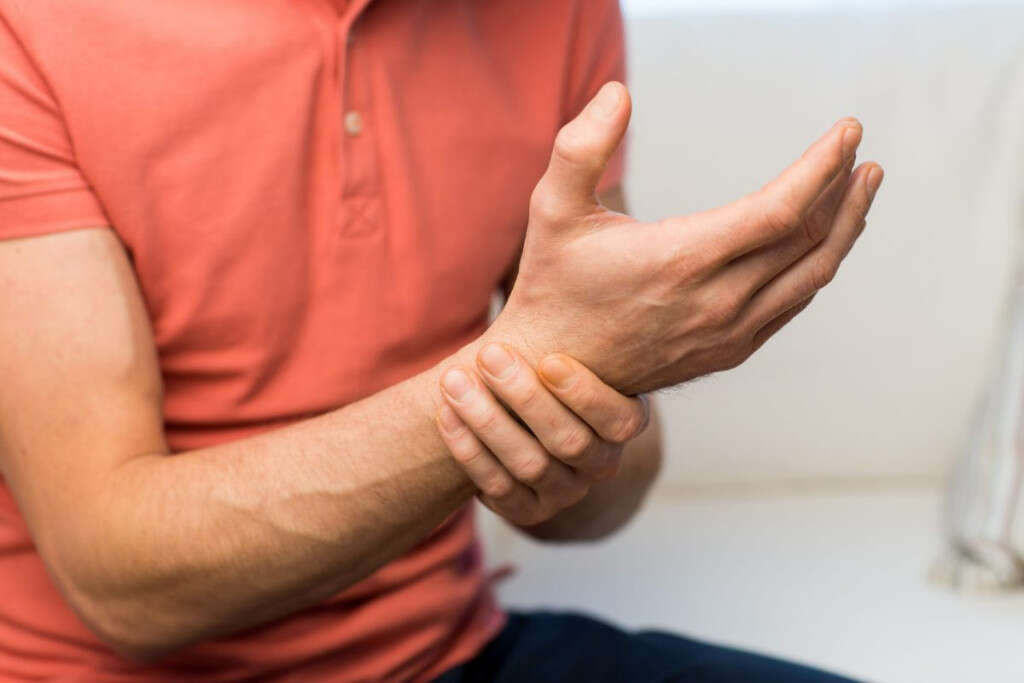
Symptom #5: Heat
Even an injury that looks insignificant on the outside can be a disaster zone on the inside. The body will be sending its version of emergency crews and resources to prevent intruders and repair the damage. This means sending a lot of blood to the area as it brings resources in and takes spent resources out.
Blood is warm, so more blood means more heat. The area becomes warmer than usual and the extra heat can often be felt to the touch. The extra blood flowing through the region will also cause the area to become redder than usual. This means the heat is actually a sign that the body is working on repairing the injury.
Symptom #6: Tenderness
The sharp pain we initially experience from a sprained wrist can be agonizing. Unfortunately, the pain associated with the injury does not stop there. For days or even weeks afterwards, the area will continue to be painful. Just touching the damaged area even slightly can send pain shooting up the patient’s arm.
To help protect the patient from the pain it might be necessary to put them in a splint or a cast. They should always try and keep their hand away from situations where they might get hurt, but this is likely to happen reflexively anyway. Painkillers can help but they should always be used with caution.
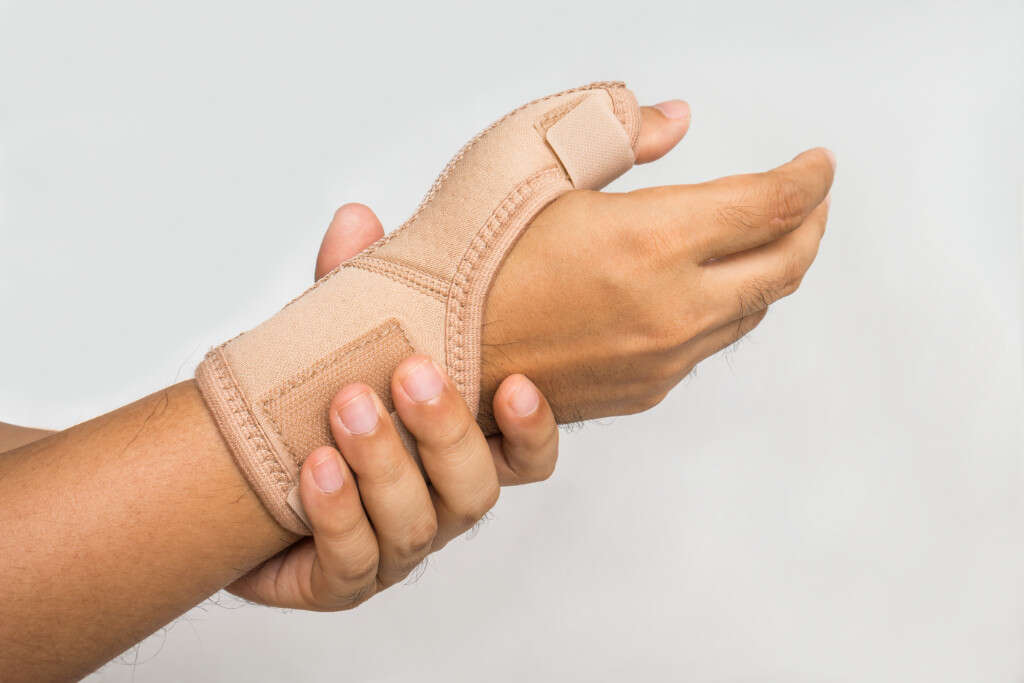
Symptom #7: Popping Sensation
A sprained wrist occurs when the ligaments supporting the joint are overstretched. The severity of this overstretching will determine the severity of the injury overall. Even a slight overstretching can still be very painful, while in some instances the ligaments can be torn altogether. In the most severe cases, it might even be necessary to perform surgery.
One symptom of a more serious sprain is a popping sensation when the hand is moved. Some patients will explain the symptom as a tearing sensation. Letting your doctor know this information can be important in helping you to get the right treatment.
Symptom #8: Immobility
The flexibility of our wrists gives us impressive dexterity that has helped us become the dominant species on earth. They allow us to cook, to write and even to perform complex surgical procedures. They allow us to move with impressive precision and being without such mobility would make things a lot harder for us.
A sprained wrist will result in the temporary loss of flexibility in your wrist. It will usually pass in a few days or so but can take longer in severe cases. Even if you are able to withstand the pain involved, moving your wrist can still be all but impossible for you.

Symptom #9: Cannot Lift Weight
Having hands with opposable thumbs allows us to grasp hold of things. The strength provided by the muscles in our arms also allows us to pick up heavy objects. A tight grip helps to make sure that we can hold on whenever we need to. If you have sprained your wrist, though, then you might struggle to pick up any object at all.
If you do try to pick up objects with a sprained wrist then you might find you just cannot do it. This is the body’s reflexes preventing you from causing any more harm to the injury. As the injury heals you will find that you are able to start picking up even heavy objects again.
Symptom #10: Discoloration
People that have sprained their wrist will sometimes find that the area becomes discolored. This is often mistaken for a bruise which will appear similar in color, but it can sometimes be down to a different process entirely. Discoloration of the area around the injury can be down to the presence of proteins and fluids in the tissues around the injury.
This type of discoloration can indicate a worse than average sprain. This symptom is a sign that you should speak with a doctor if you haven’t already. The discoloration will go away in time as the injury is healed.




